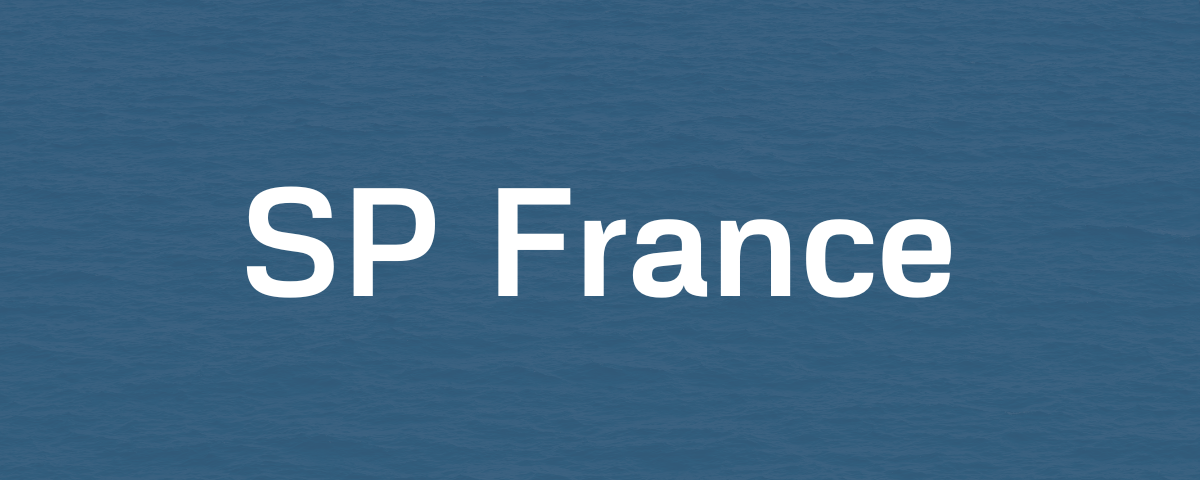What is shore power?

In terms of commercial shipping this is normally done through a shore power dispenser, or HVSC (high voltage shore power connection). This is where the shore has access to an electricity source (local or national power grid, or even on-site generation) and delivers it using one or more dispensers fitted with cables and plugs into sockets onboard the ship. Once connected, the ship can shut down its engines to be in a state called “cold ironing”.
Without HVSC facilities, cold ironing is not possible and so the engines must keep running for the ship to keep functioning.
With shore power, there is no need to leave a ship’s engines running
The reasons why we need shore-power are clear if we think about what it means for a ship’s engines to run in port. Imagine you park up your car for an hour: you decide to play the stereo, and keep the aircon running while you examine your map or GPS. If you don’t want to have a flat battery, you’ll need to keep the engine running. Now imagine everyone on the street has the same idea. Finally imagine all the cars are diesels. That street will not be nice to walk on and you tank will need filling that bit sooner.
It’s no different for ships. Consider a passenger ferry: the type that might navigate the English Channel or in this case, the Gulf of Finland. Such a ship has a power need of around 2500kW. Docked and running on ship’s power, that ferry will pump out about 120 tons of CO2 over the course of a month. That doesn’t even include all the other exhaust gases and particulates of heavy fuel oil or marine diesel oil that most large ships run on. This all means air (and noise) pollution, greenhouse gas emissions and cost.
Positive impacts across the board
Meanwhile, if that ship is running on shore power every time it docks, it is going to make a big difference. If every ship did the same the difference globally would be huge. To put it in perspective, shipping emissions in ports alone account for 2% of global CO2 production, and for 4% in the European Union. Easily-accessed HVSC systems and renewable electricity generation to power them could eliminate that. Local air quality for port towns and cities would also benefit. The ship operators have something to gain too: cold-ironing means saved fuel costs. Over time, that will offset the costs of retrofitting a ship to use such green ship technologies.
All this is not something that governments have missed. The European Union, for example, has passed legislation that will make it a legal requirement for ports to have shore-power available by 2025. With standardised plugs and sockets, once fitted, ships could sail anywhere in the EU knowing they will have a green port and marine shore power waiting for them on arrival.
New legislation in the works
The European Commission has been working to implement policies that reduce transport emissions as part of its TEN-T infrastructure program. The latter also includes no fewer than 328 ports, all of which now have incentives and are getting legal encouragement as well as financial support to introduce shore power systems. Read more about the background of port emissions policy in our latest update on the subject.
Shore Link is working hard to provide the best HVSC connector to ports across Europe and around the world. Read more about us here.



